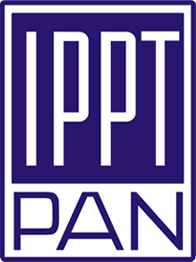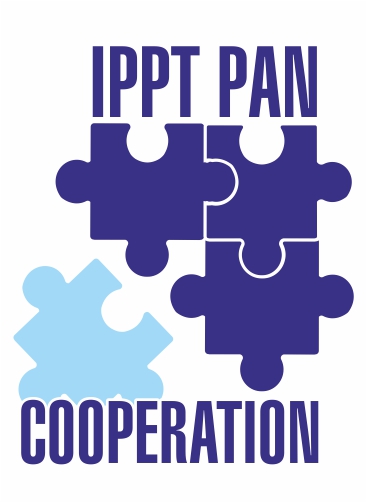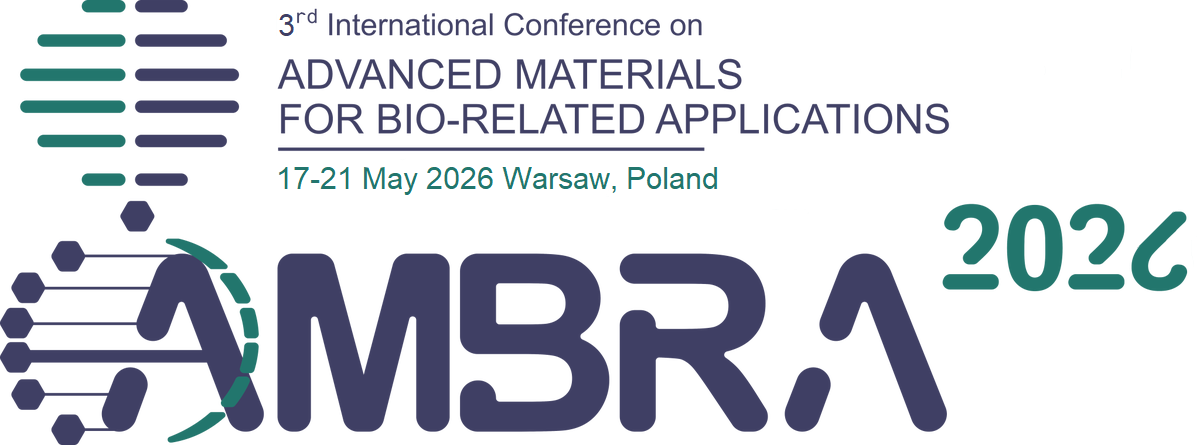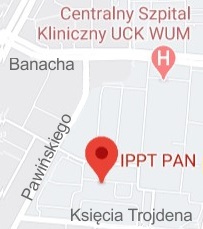| 1. |
Rzempołuch J.♦, Stasiak T.♦, Maździarz M., Jasiński J.♦, Woy U.♦, Psiuk R., Kowal M.♦, Kosińska A.♦, Wilczopolska M.♦, Mulewska K.♦, Barlak M.♦, Ciporska K.♦, Kurpaska Ł.♦, Jagielski J.♦, Mościcki T., Characterization of He+ implanted W-Zr-B thin films deposited by HiPIMS on additively manufactured Inconel 617 as a candidate system for nuclear components,
Journal of Nuclear Materials, ISSN: 0022-3115, DOI: 10.1016/j.jnucmat.2025.156091, Vol.616, No.156091, pp.1-12, 2025 Abstract:
Tungsten boride alloyed with zirconium is considered a very promising material in the nuclear industry due to its shielding properties. In this paper, the resistance to helium irradiation of W-Zr-B thin films deposited on additively manufactured Inconel 617 is investigated. Two laser Directed Energy Deposition methods, a laser powder (DED-LP) and laser wire (DED-LW) were utilized for Inconel 617 substrate preparation. Preliminary studies with density functional theory (DFT) calculations were performed to determine the stability and theoretical values of structural and mechanical properties of fabricated coatings. Additionally to structural and mechanical properties, an irradiation effects after ion implantation of the layers at room temperature and 400 °C with He+ ion dose of 5 × 10¹⁷ ions/cm² and energy of 60 keV were also studied. The results show that HiPIMS is a reliable process that allows depositing dense and uniform coatings with excellent mechanical properties, comparable with DFT calculations. Scratch test results confirmed good adhesion to the surface regardless of the substrate despite low critical forces values (5.4 N and 6.6 N Lc3 values). The thickness of the deposited coatings varied from 2.40 to 2.50 µm. Nevertheless, after helium ion implantation, TEM observation shows helium voids and bubbles form at the near-surface area of the coatings. A significant decrease in hardness from initial 21.12 GPa to 6.51 GPa (LW), 7.83 GPa (LP) after room temperature and 9.40 GPa (LW), 9.71 GPa (LP) after 400 °C ion implantation, respectively is observed. The mechanism underlying this effect is also discussed in the article. Keywords:
Tungsten borides, Hard thin films, High-power impulse magnetron sputtering, He+ ion implantation, Nanoindentation Affiliations:
| Rzempołuch J. | - | other affiliation | | Stasiak T. | - | other affiliation | | Maździarz M. | - | IPPT PAN | | Jasiński J. | - | other affiliation | | Woy U. | - | other affiliation | | Psiuk R. | - | IPPT PAN | | Kowal M. | - | other affiliation | | Kosińska A. | - | other affiliation | | Wilczopolska M. | - | other affiliation | | Mulewska K. | - | other affiliation | | Barlak M. | - | other affiliation | | Ciporska K. | - | other affiliation | | Kurpaska Ł. | - | National Centre for Nuclear Research (PL) | | Jagielski J. | - | other affiliation | | Mościcki T. | - | IPPT PAN |
|  |
















